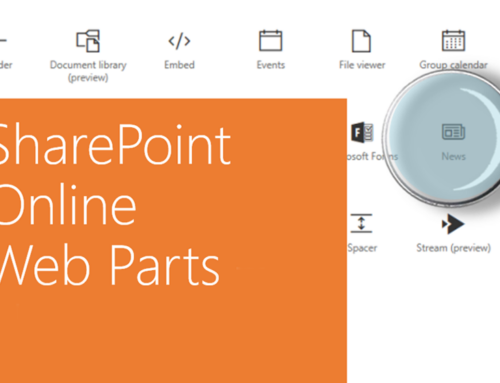Paper to Pixel – Challenges in transitioning to a Paperless Office
Blog | Microsoft 365 | SharePoint | Teams

Introduction
As an M365 consulting agency, we’ve been in the trenches guiding businesses through the process of transitioning to a paperless office. While going digital can save time and money, many businesses are hesitant to make the switch due to compliance concerns and the challenges of managing a digital workspace. However, we’re passionate about helping businesses reduce their paper forms and admin overhead, and we’ve successfully helped many businesses navigate the digital transformation process.
Heading: The Benefits of a Paperless Office The benefits of a paperless office are clear, from reducing paper waste and saving physical storage space to streamlining processes and increasing productivity. However, the transition to a digital workspace comes with its own set of challenges, particularly in regards to compliance.
Overcoming Compliance Challenges
When transitioning away from paper-based processes, compliance is often a primary concern for businesses. Due to unique business requirements, a tailored solution is necessary instead of an off-the-shelf approach. To effectively address compliance concerns, a tailored solution should include implementing best practices for data security, developing and implementing document retention policies, and staying up-to-date with relevant regulations and standards.
Access Control
Access control is a crucial aspect of data security when transitioning to a paperless office. It involves implementing mechanisms that control who has access to sensitive data and under what conditions. Role-based access control assigns specific roles to users based on their job functions, which determines what data they can access. Access control ensures that only authorized personnel can access sensitive data, minimizing the risk of data breaches and unauthorized access. It also helps to maintain accountability and traceability of data access, which is important for compliance purposes.
Document Retention
Document retention is an essential component of data security when moving towards a paperless office. It involves developing policies on how long different types of documents should be kept and how they should be securely destroyed when no longer needed. One of the benefits of going paperless is that businesses can follow data retention requirements as they would with paper-based records, but without the physical storage requirements and cost of paper data destruction. Document retention policies should be based on legal and regulatory requirements as well as business needs, and should address the storage and backup of data, disaster recovery procedures, and the overview of retained content. By implementing document retention policies, businesses can ensure they are meeting regulatory requirements, minimizing the risk of data breaches, and protecting their sensitive information in a cost-effective manner.
Employee Training and Education
It is important to provide employees with the necessary training to understand the new digital systems and processes and to ensure they know how to use the new tools effectively. This includes training on how to use software and tools for document management, collaboration, and communication, as well as how to properly handle and store digital documents. By investing in employee training, businesses can improve productivity, reduce errors and increase efficiency. It also ensures that employees are aware of data security protocols and regulations, reducing the risk of data breaches and other security incidents.
Conclusion
Transitioning to a paperless office can be a daunting process, but with the right help, businesses can reduce their paper forms and admin overhead while ensuring compliance with all relevant regulations and standards. As an M365 consulting team, we’re passionate about helping businesses succeed in a digital workspace, and we’ve helped many businesses successfully navigate the transition process. If you’re considering transitioning to a paperless office, don’t hesitate to reach out for help. We’re here to help businesses reduce their paper forms and admin overhead and succeed in a digital workspace.







